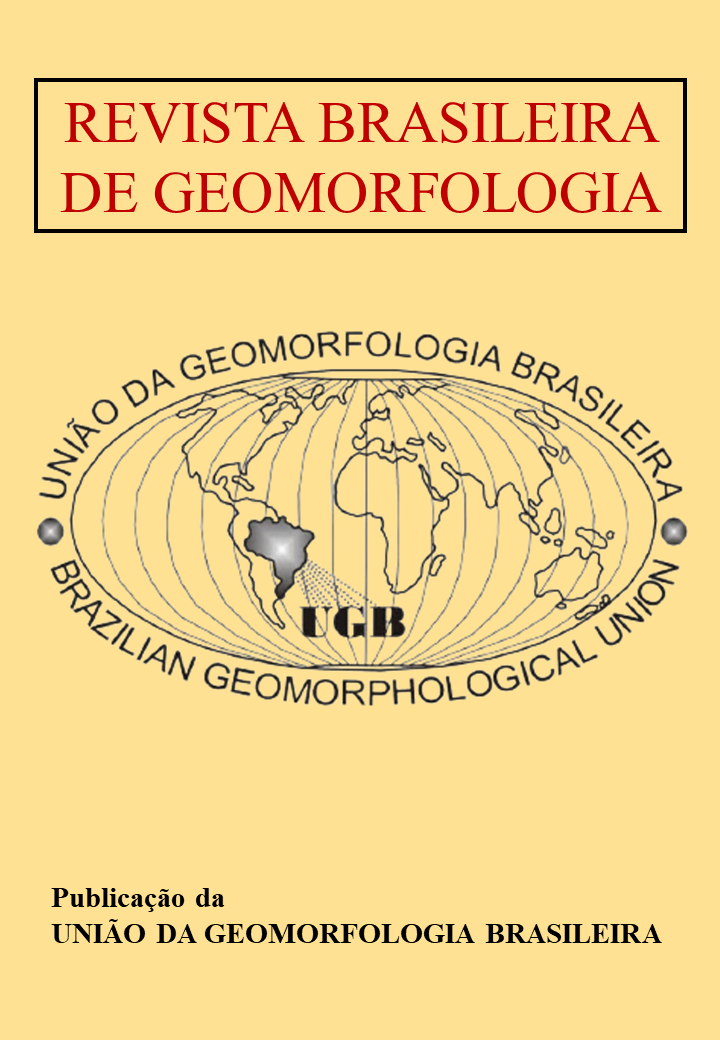Morphometric changes between Peroba and Redonda beaches (Ceará, Brazil), with the use of high resolution remotely piloted aircraft images from 2020 to 2021
DOI:
https://doi.org/10.20502/rbgeomorfologia.v24i4.2331Palavras-chave:
Coastal erosion, Geoprocessing, Sediments, RPAResumo
Beaches are regions of the coastal zone where the effects of interaction between marine, terrestrial, and atmospheric ecosystems are often seen. Natural and anthropic agents act together in coastal processes, which may result in erosion or accretion. If the erosion is intense and continuous, it will represent a severe problem, especially in densely occupied and economically significant beaches, such as the beaches of Peroba and Redonda that have registered erosive events. Thus, this work aimed to analyze the variation of the coastline and the volume of beach sediments through a historical series of one year employing a remotely piloted aircraft, conjugated with the analysis of sediments collected in fields. At Peroba Beach, the shoreline was stable, having varied by about 0.87 m/year, and the volume indicated a positive sediment balance of about 18,815 m3. At Redonda Beach, the coastline degraded by about 1.27 m/year. The volume indicated a negative sediment balance of -1,230 m3. The beaches were mainly characterized by sediments of very fine and fine sand fractions. The volume variation indicated similar trends to the shoreline, with more significant deposition in the west and erosion in the east.
Downloads
Downloads
Publicado
Como Citar
Edição
Seção
Licença

Este trabalho está licenciado sob uma licença Creative Commons Attribution-NonCommercial 4.0 International License.
Autor(es) conservam os direitos de autor e concedem à revista o direito de primeira publicação, com o trabalho simultaneamente licenciado sob a Licença Creative Commons Attribution que permite a partilha do trabalho com reconhecimento da autoria e publicação inicial nesta revista.










